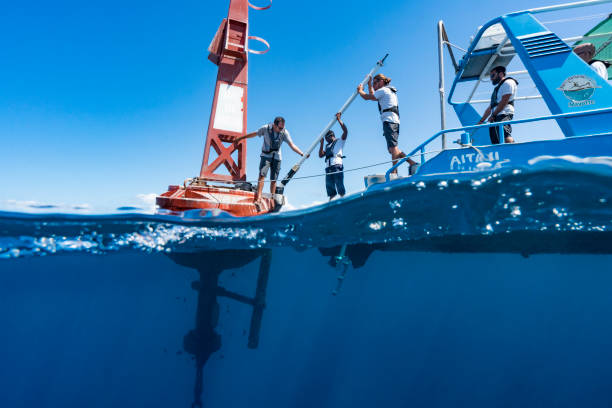After extensive advocacy from Indigenous groups in central California, the United States has officially designated the Chumash Heritage National Marine Sanctuary.
This landmark achievement protects a vast area of 4,543 square miles, equivalent to nearly four times the size of Yosemite National Park.
Stretching along 116 miles of coastline, this sanctuary aims to conserve marine biodiversity and safeguard at-risk species such as southern sea otters, abalone, and blue whales.
The establishment of the sanctuary represents a culmination of community efforts, as noted by Violet Sage Walker, chairwoman of the Northern Chumash Tribal Council.
Her leadership was pivotal in rallying support and gathering endorsements from environmental organizations, residents, and even students.
“We united diverse groups and secured overwhelming community backing for this sanctuary,” Walker explained.

This collaborative spirit was instrumental, with many participating in petitions and public awareness campaigns to ensure the protection of these crucial marine habitats.
Point Conception, known as Humqaq in the Chumash language, holds significant cultural importance for the tribe.
The sanctuary not only conserves vital kelp forests, which help sequester carbon, but it also honors the tribe’s ancestral connection to the land and sea.
Though the sanctuary’s final boundaries are smaller than initially proposed, it marks a significant victory for the tribe and environmental advocates, addressing concerns about offshore wind energy development that could disrupt marine life.
While the sanctuary’s establishment is a crucial step forward, challenges remain. The community is committed to ongoing stewardship, balancing ecological preservation with potential energy initiatives.
As Walker reflects on this achievement, she acknowledges both the promise kept to her late father and the ongoing journey ahead. “This is our biggest success, but more work is still needed,” she emphasized.
The Chumash Heritage National Marine Sanctuary is now set to officially take effect on December 15, after a final review process, ushering in a new era of environmental protection and cultural reverence along California’s central coast.

